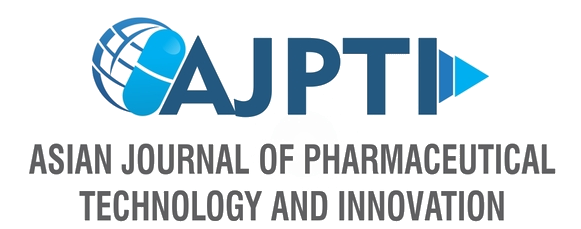Proteomic analysis to determine mechanism of purple rice bran on pancreatic damage of type 2 diabetic rats
Abstract
Ei Ei Hlaing, Supicha Rungjarernarreejitt, Puriwat Fakfum, Patipat Kamdenlek and Pichapat Piamrojanaphat*
Diabetes is one of the most common metabolic diseases all over the world. Type 2 diabetic contributes nearly 90% of diabetic patients. Type 2 diabetes is characterized by hyperglycemia with dysfunction of pancreatic beta cells and insulin resistance. Anthocyanins are the major functional component in purple rice (Oryza sativa L. indica). Our previous studies showed that supplementation of purple rice husk attenuated hyperglycemia and prevented pancreatic damage. However, the molecular mechanism of anti-diabetes activities of purple rice need more investigated. In this study, pancreatic tissue samples of type 2 diabetic rats with or without purple rice bran supplement were studied through proteomic approach. Five unique proteins were found in purple rice bran supplemented diabetic rats (Rasgrp3, Clca 1, Olr3, Abcc4, Mfn1). These 5 proteins interacted with other proteins functioning in glycolysis (Eno 3) and insulin signaling (Irs 1, Irs 2, Foxo 1, Foxo 3). Through western blot analysis, Glut 2 was restored back in purple rice bran supplementation, indicating the purple rice bran increase glucose uptake of pancreas and increase the release of insulin. Interestingly, glucose transporter 4 (Glut 4) protein were restored back in purple rice bran supplemented diabetic rats via the expression of Myosin I heavy chain (Myo 1c). Moreover, unique protein Rasgrp 3 might promote pancreatic β-cell proliferation via Ras/MEK pathway together with phosphorylation of Akt protein. This is the first study to show the molecular mechanism of purple rice bran on pancreatic tissue of diabetes rats. All of the results suggested that purple rice bran could increase glucose uptake, insulin signaling and β-cells survival.
Share this article
